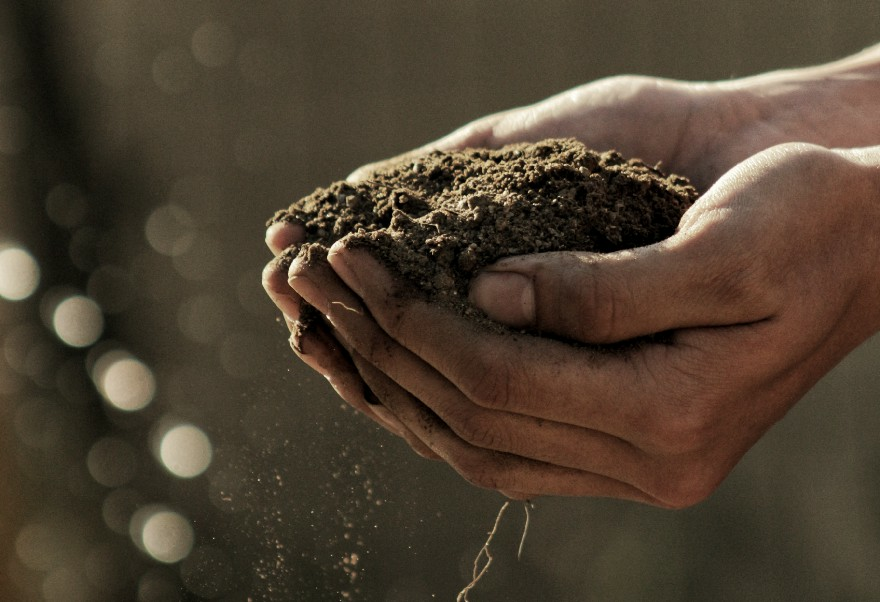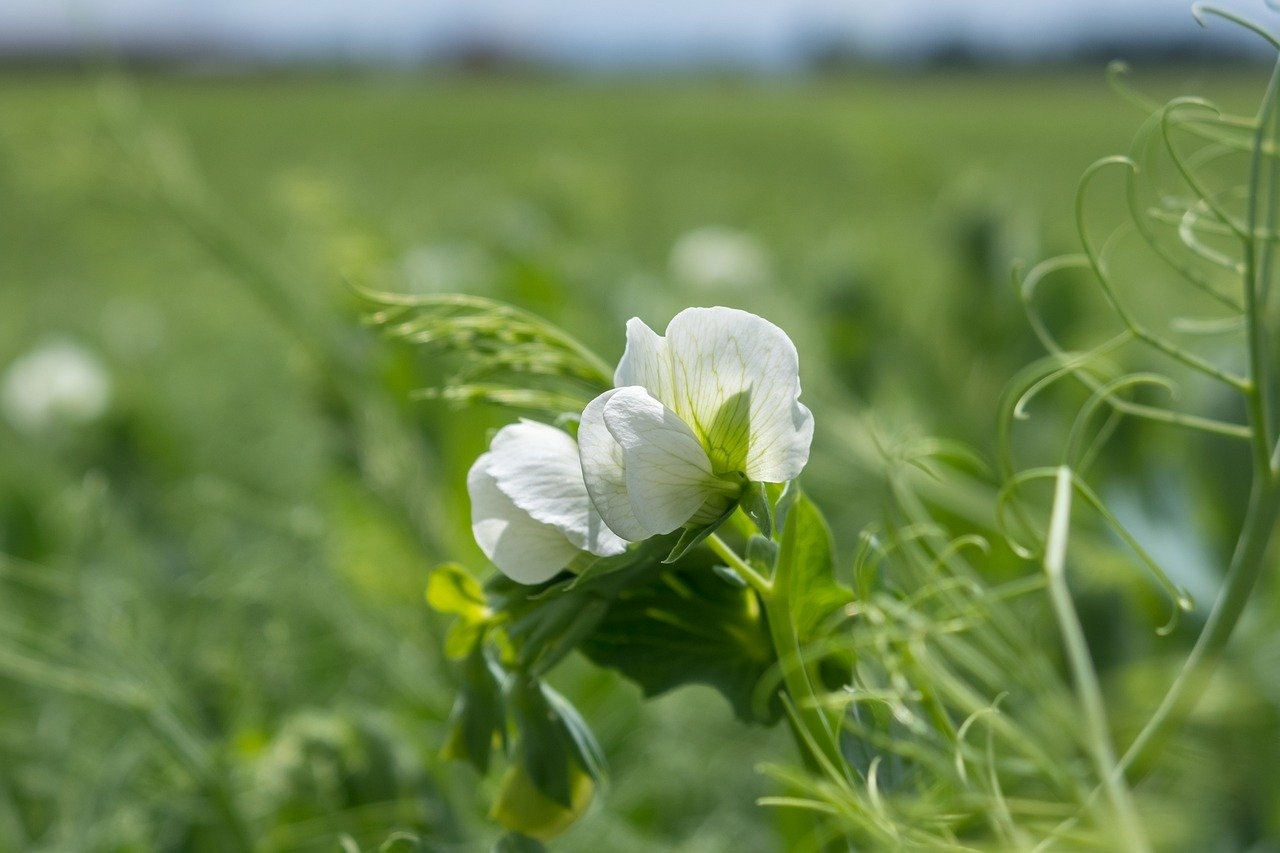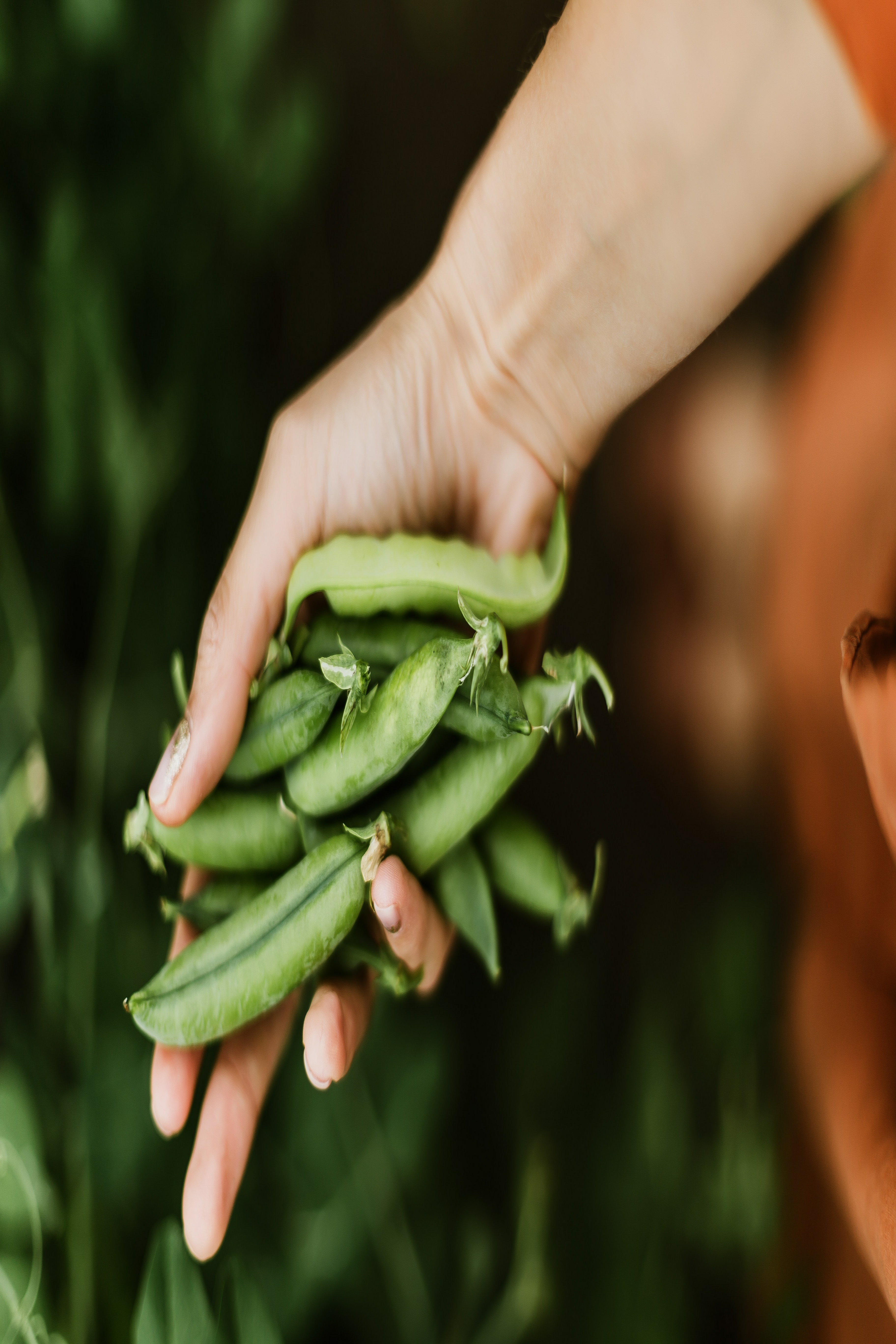Sowing, tending & harvesting peas
Peas from your own garden
The pulses contain lots of fiber, protein and minerals and are therefore super healthy. Young peas straight from the garden also taste particularly tender and sweet.
Sowing peas

Depending on the variety, peas are sown from March or April. Palmer peas are more robust and are therefore sown earlier than marrowfat and sugar peas. Make rows 40 cm/15.7 in apart, the seed grooves should be 5 cm deep. Then place the pea seeds 3 - 5 cm/1.2 - 2 in apart in the seed furrow and press the soil down a little. After sowing, you should also protect the seed furrows from birds with wire mesh, fleece or netting.
Caring for peas

Ideally, peas should grow in a sunny, airy spot with loose soil. Loosen the soil regularly with a hoe and ensure that the soil is evenly moist. In a no-dig bed, the soil structure is usually already quite good, so you can do without hoeing. You should also mound up the plants as soon as they have grown to the height of a hand. Tall varieties need a climbing aid. Peas do not need additional fertilization, too much nitrogen even makes them more susceptible to diseases.
Harvesting peas

Harvesting usually begins in June, around 12-14 weeks after sowing, depending on the variety. Marrowfat peas are harvested when the grains are round and bright green. If you wait too long before harvesting, the sugar turns into starch and the peas lose their flavor. With sugar snap peas, the seeds in the pod are not allowed to ripen, but are harvested while they are still flat. The two sweet varieties are harvested continuously as soon as the fruits are ripe. However, paler peas are only harvested when the pods are brown and dry.
Bild von Thomas B. auf Pixabay
